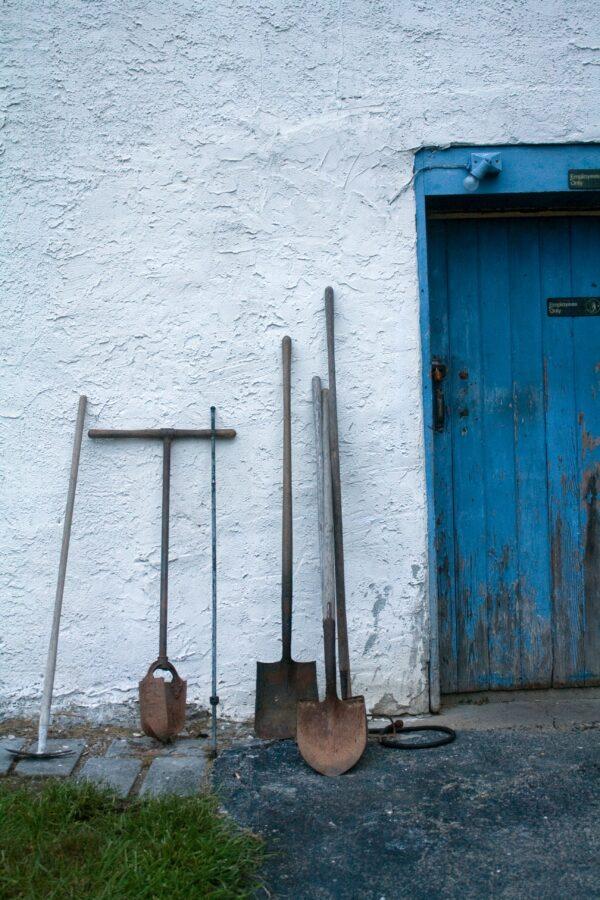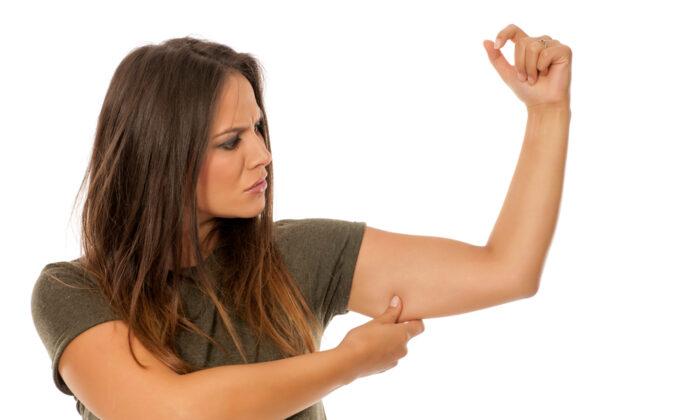Shovel
One of the most important tools you’ll need to embark on your gardening journey is investing in a shovel. This affordable, versatile tool will help you dig, scoop dirt, and loosen the soil. Some even come with measure lines to help you determine soil depth before planting a new plant.
Shovels can come in different sizes, from 27-inches to 46-inches, giving you more options when it comes to choosing one that best suits your requirements. There are lightweight shovels that cost cheaper and tend to be easier to handle but there are also heavier, sturdier ones that are also incredibly durable, capable of lasting almost a lifetime.
Hand Trowel
This is another key tool that you should consider adding to your starter collection. Hand trowels are lightweight and powerful tools, very similar in appearance to a shovel, except that they are smaller and intended to be used for smaller gardening projects. Garden hand trowels are commonly used for digging small holes and planting bulbs, and annuals, or perennials. Consider using a larger tool, such as a shovel for digging and transplanting shrubs and trees.
The shovel part of the trowel can be made out of plastic or stainless steel, with the latter being the most durable material. They are also less prone to breakage and rust, making them an ideal investment that will pay for itself many years over. Store your hand trowel in a clean, dry place after using it, such as hanging it inside your shed or garage.
Gardening Gloves
Owning a pair of sturdy, garden gloves is very important and keeps your hands protected from thorns, splinters, and blisters. They also help keep your fingernails dry and clean from dirt that may harbor harmful bacteria such as worms and parasites from the soil.
Gloves made out of a water-resistant material will help keep your hands dry when watering plants. The fit and size of the gloves are equally as important as they must provide you with the best possible protection without slipping off during use. Gloves should be durable but not bulky. They should fit snug and give you easy access to use your fingers adequately. From small, detailed work such as sowing seeds, to more labor-intensive projects like transplanting a tree root ball into the ground.
Pruning Shears
Hand pruners are an incredibly useful tool to have in your starter toolkit. Small and compact but equipped with sharp, stainless steel blades, they are useful for trimming thin branches, stems, and leaves from plants. They are capable of cutting twigs up to ¾ inch—any more than that and you’ll require a more heavy-duty tool, such as a lopper.Watering Can
Water is the number one ingredient besides sunlight, for healthy plant growth.If you live in a small home with no access to a yard or watering hose, it would be ideal to invest in an inexpensive watering can for tending to your plants’ watering requirements.

There are watering cans made out of plastic and some with galvanized metal, to minimize rust. The plastic ones tend to be more affordable and lightweight, but less durable as compared to metal cans. Plastic watering cans should be stored away after use to prevent them from becoming damaged by excess heat and sunlight.
By investing in these basic tools, you will be on your way to becoming a gardener in no time. After all, plants only require water, sunlight, and a sprinkling of good nutrients—why should you need more?





